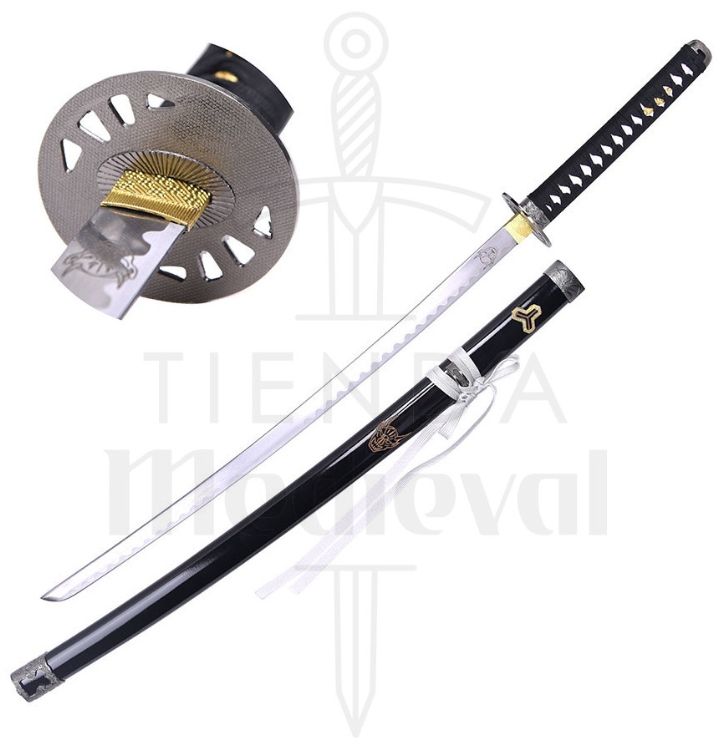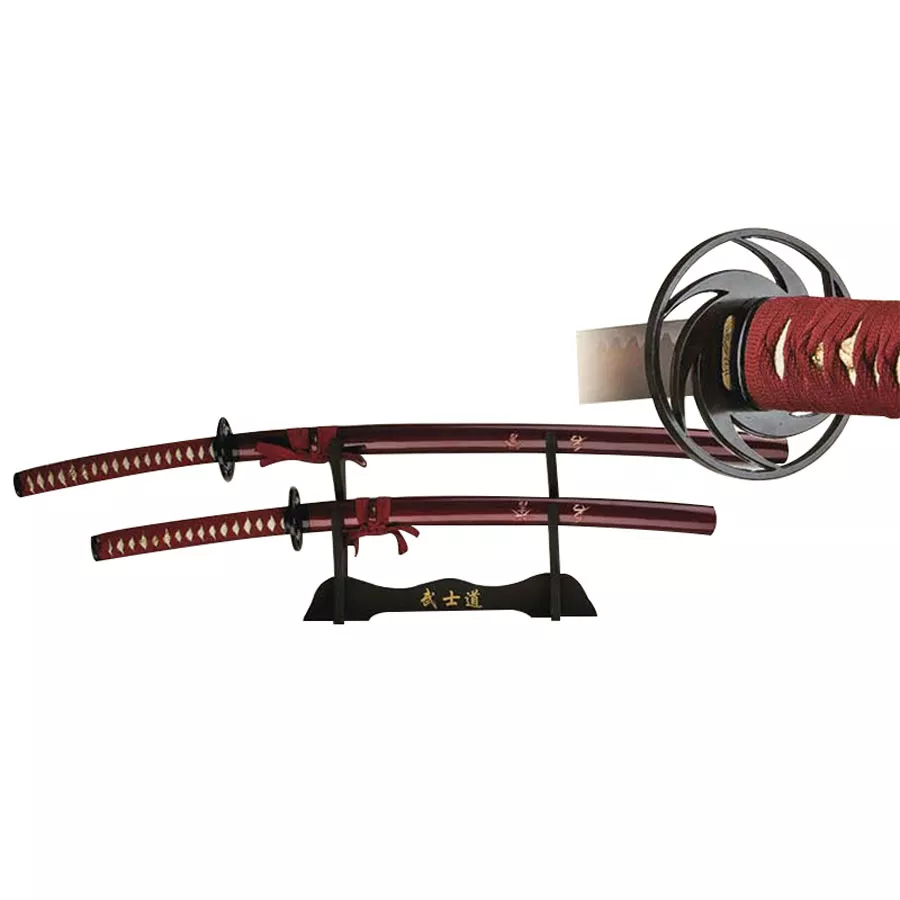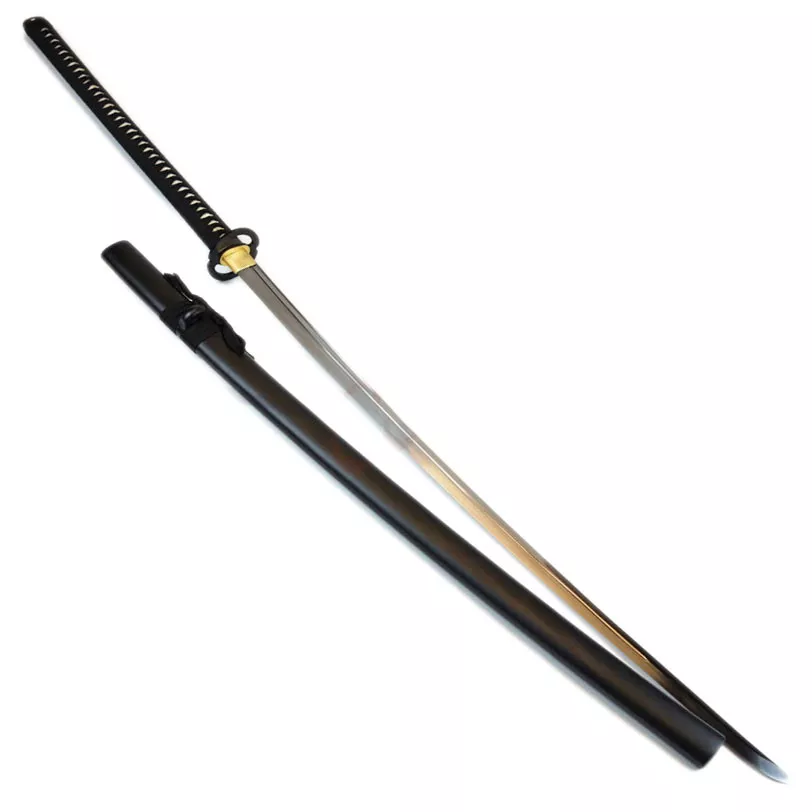What is Nihonto?
The Nihonto is the Japanese term used to describe swords traditionally forged in Japan. This concept encompasses a diversity of swords, each with distinctive characteristics and specific functions in Japanese history. The following discusses its rich history, manufacturing process, and defining elements in Japanese culture.
History of Nihonto
The history of Nihonto dates back to the Yayoi period, spanning from 1,000 BC to 300 AD, when bronze swords began to be made in Japan. The term "Nihonto," however, primarily refers to the curved swords produced from the Heian period, which goes from 794 to 1185, to the present day.
Evolution and Manufacturing Periods
Japanese swords have evolved significantly over the centuries:
- Chokutō: Straight and short swords, influenced by Chinese imports before the 10th century.
- Jōkotō: Ancient swords produced until around 900 AD.
- Kotō: Swords made between 900 and 1596 AD.
- Shintō: New swords from 1596 to 1780 AD.
- Shinshintō: New swords from 1781 to 1876 AD.
- Gendaitō: Modern swords from 1876 to the present.
During the Kamakura period (1185–1333), the so-called "golden age" of sword making was experienced. This was a time when master swordsmiths left signatures on the blades, providing important data for studies on Nihonto.
Distinctive Characteristics
Each Nihonto has unique characteristics, which include:
- Hamon: The temper line, visually distinguishing the hardness of the sharp edge.
- Hada: The surface texture of the blade, which varies according to the manufacturing school.
- Tsuba: The handguard, which is not only functional but can be decorated with various designs.

Types of Japanese Swords
There are various categories of Japanese swords, each adapted to different combat techniques:
- Uchigatana: Curved long-bladed sword, worn at the waist with the blade upward.
- Tachi: Similar to the Uchigatana, but worn with the blade downward.
- Katana: Refined and elongated sword, also worn with the blade upward.
- Wakizashi: Shorter sword, used in conjunction with the katana.
- Tantō: Short sword, resembling a knife.

Cultural Significance
Japanese swords possess deep cultural significance, being a symbol of honor and loyalty during the samurai era. The use of the katana and wakizashi is emblematic within the warrior traditions, reflecting not only combat skill but also the code of conduct of bushido.

















